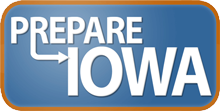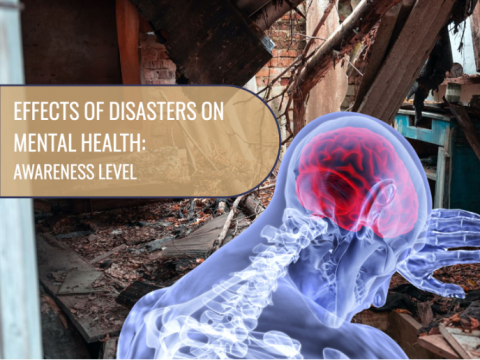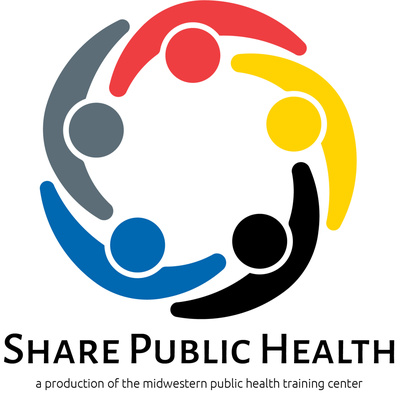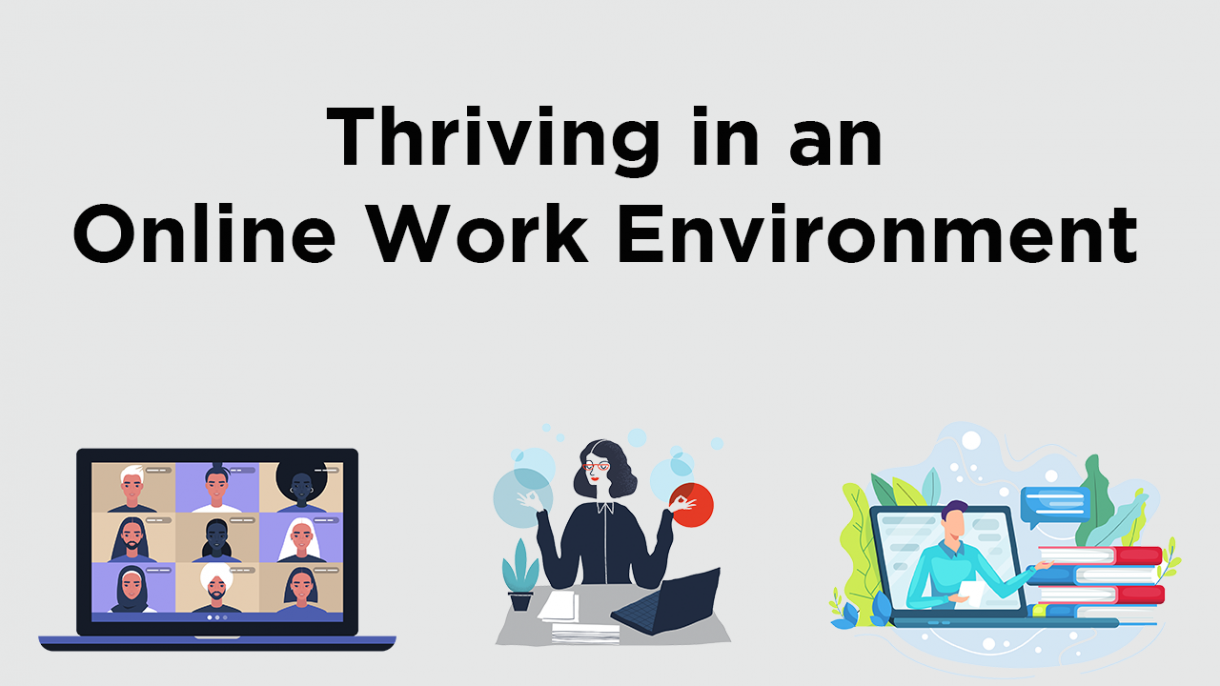Course Summary
There are three sections in this course:
- Section 1: Disaster, Trauma and Proximity to the Event
- Section 2: Psycho-Physiology of Trauma and Fear
- Section 3: Tools for Understanding
There are review questions at the end of modules. These review questions will provide you with an opportunity to apply the knowledge and skills presented in these modules. In addition, some modules contain practice exercises to help you better understand the material.
Intended Audience
anyone who will come into professional contact with disaster victims, including DMAT, hospital workers, EMTs, primary care providers and public health workers
Learning Objectives:
After successfully completing this course, you will be able to:
- Define disaster
- Define trauma
- Describe how proximity to the event affects the potential for traumatic response
- Describe the triune brain and how each part of it functions during a traumatic event
- Describe automatic response to trauma: flight or fight, freeze, social engagement
- Describe 4 major components in the psycho-physiological response to trauma: somatic, emotional, behavioral, and cognitive
- Describe the epidemiological triangle in relation to the effect of disasters on mental health
- Describe how various elements of the “agent”, “host” and “environment” of a disaster impacts its effect on the mental health of its victims
- Analyze a disaster and its effect on victims using the epidemiological triangle
- Describe the use of the Haddon Matrix in prevention, mitigation and intervention of disasters and their effect on mental health
Pre-requisites/Learning Level
No pre-requisites
Competencies addressed
Core Competencies for Public Health Professionals identified
Domain 4: Cultural Competence Skills
- 4A3. Describe the ways diversity may influence policies, programs, services, and health of a community
- 4A5. Addresses the diversity of individuals and populations when implementing policies, programs, and services that affect the health of a community
CEUs Offered
None
Cost
Free
Modality/format
Online Self-Pace
Length
1 hour
Presenter(s) and/or Content Experts
Technical requirements:
- Adobe Acrobat Reader
- Flash Player
- Speakers
Registration requirements
Register a free account
Creation and/or update
January 2022





